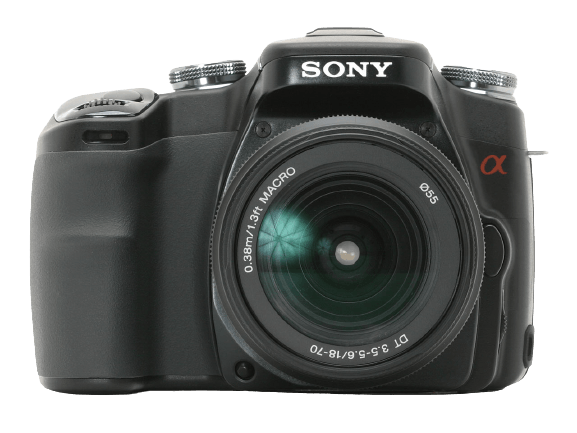Sony Alpha 100 Specs and Scores

The Sony Alpha 100, a DSLR camera, receives a score of 37/100. Announced in June 2006 and released the same year, it was originally priced at $427. The camera measures 133 x 95 x 71mm and weighs 638g or 1.41lbs. Considering the advancements in camera technology since then, the Alpha 100’s specifications don’t quite measure up to current market standards.
Sony Alpha 100 Overview and Optics
The optics of the Sony Alpha 100 receive a score of 46 out of 100. With 10 megapixels, a shooting speed of 3 frames per second, and a CCD sensor, this camera provides decent image quality. The Bionz processor and a DXOMARK score of 61 for the sensor contribute to the camera’s performance.
The Sony Alpha 100 features an APS-C sensor size, which is common in DSLR cameras. Its lens mount is the Sony Alpha DT, which allows for a variety of lenses to be used. Additionally, the camera has image stabilization, providing steadier shots and reducing the risk of blurry images. The aspect ratio is 3:2, which is a standard format for photography.
When comparing the Sony Alpha 100 to other cameras in today’s market, it falls short in terms of resolution and shooting speed. However, the camera still offers useful features such as image stabilization and a versatile lens mount. While not a top contender, the Sony Alpha 100 remains a functional option for users with basic photography needs.
Sony Alpha 100 Video Performance
The Sony Alpha 100 does not possess video capabilities. This camera focuses solely on photography, lacking any video functionality.
Sony Alpha 100 Features and Benefits
The Sony Alpha 100 features a score of 17/100 in terms of its specifications. The camera has a 2.5-inch screen, with a resolution of 230,000 dots. However, it lacks modern features such as a touchscreen, GPS, Wi-Fi, and Bluetooth connectivity.
When compared to today’s market, the Sony Alpha 100 falls short in providing essential features that consumers expect from a camera. The absence of a touchscreen, GPS, Wi-Fi, and Bluetooth make it less competitive and less appealing to potential buyers.
The flip screen is a redeeming quality of this camera, but it is not enough to compensate for the lack of other features. The Sony Alpha 100 may have been a good option in the past, but with the rapid advancement of camera technology, it struggles to hold its ground in the current market.
Sony Alpha 100 Storage and Battery
The storage and battery section for the Sony Alpha 100 receives a score of 35/100. The camera offers one memory card slot, accepting Compact Flash (Type I or II) cards. In today’s market, this single slot and limited card compatibility fall short compared to competitors that often provide dual slots and support for SD cards.
The battery life of the Sony Alpha 100 is 750 shots, powered by an NP-FM55H battery. This capacity is decent, but it lacks USB charging capabilities, which is a disadvantage in the current market where convenient charging options are becoming more common.
Considering the storage and battery specifications, the Sony Alpha 100 has room for improvement to compete with modern cameras. Its limited memory card options and lack of USB charging hinder its overall appeal.
